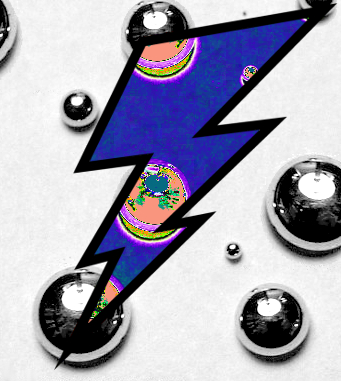Water splits for space race
 An international team has used artificial photosynthesis to split water into hydrogen and oxygen at near zero gravity.
An international team has used artificial photosynthesis to split water into hydrogen and oxygen at near zero gravity.
The scientists from Germany, China and the US suggest that the technology could be used to provide fuel and breathable oxygen on long-duration space voyages.
Katharina Brinkert and colleagues developed an efficient photoelectrochemical cell capable of splitting water using light in near-zero gravity.
They tested it using a drop tower to simulate the near-zero gravity environment of space to explore how solar water splitting might operate in space.
The results showed that the lack of gravity would reduce light-driven water splitting activities owing to limited bubble removal from surfaces.
However, by adjusting the shape of nanoscale-features in the cell, the authors enabled bubble release, retaining water-splitting activities in low-gravity.
The authors suggest that this technology could lead to improvements and extensions of life support systems for long-duration space voyages. This work also provides insight into how terrestrial light-driven water-splitting devices could be improved.







 Print
Print